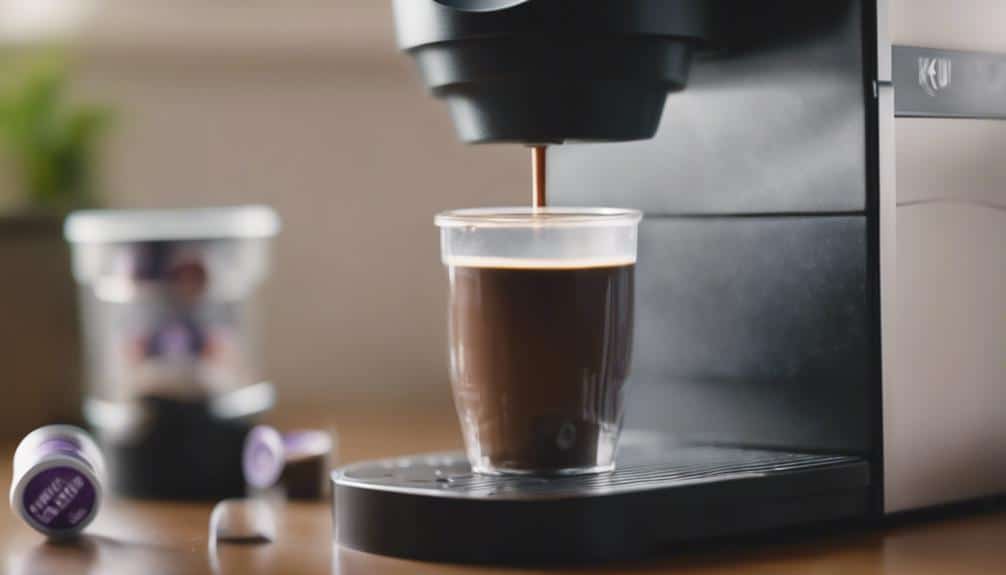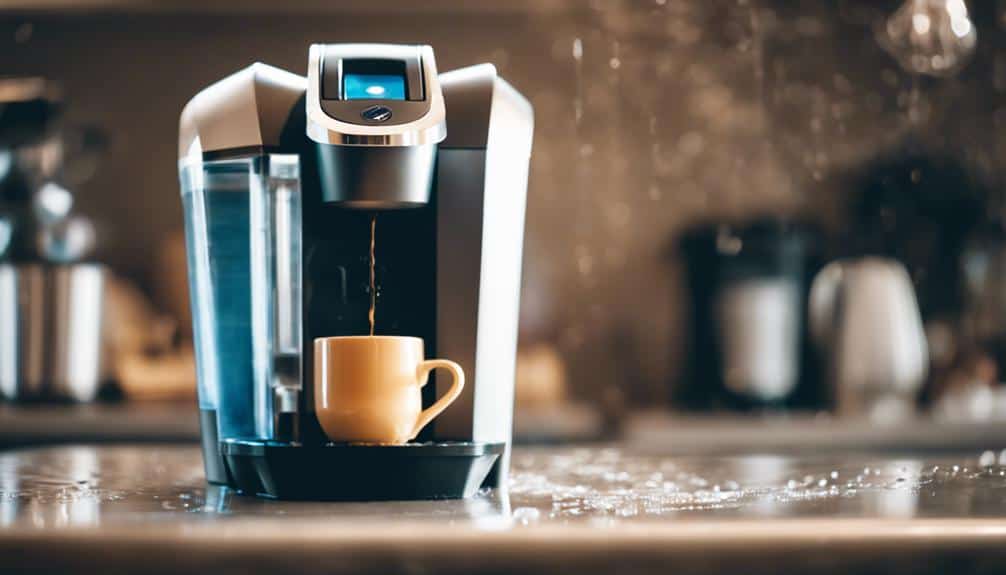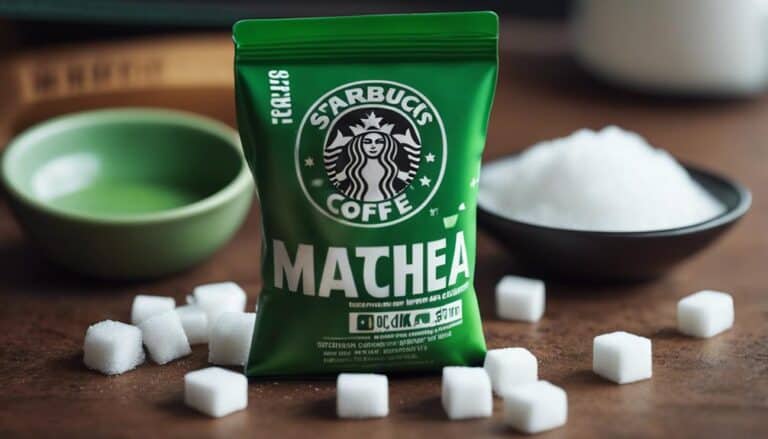Keurig Not Working: Troubleshooting Tips

So, you wake up ready for your morning cup of coffee, only to find that your Keurig is not cooperating. Frustrating, right? Well, before you rush to replace it or call for help, let's take a look at some troubleshooting tips that might get your Keurig back in action. Trust me, a few simple steps could save you time and money.
Keurig Not Turning On
When troubleshooting a Keurig that isn't turning on, first make sure the machine is correctly plugged into a functioning power outlet. It's crucial to test the power outlet by plugging in another device to confirm its functionality.
Next, press the power button directly on the Keurig machine to check for a response. Inspect the connection between the machine and the power outlet for any loose connections that may be hindering power flow.
For Keurig 2.0 models, make sure you're pressing the correct sequence of buttons to power on the machine. Sometimes, a simple oversight can lead to the Keurig not functioning properly.
Keurig Not Brewing
To address a Keurig not brewing, make sure the water reservoir is correctly placed and filled to the appropriate level. If the reservoir isn't seated properly or is low on water, it can prevent the brewing process from initiating.
Additionally, running a cleaning cycle without a K-cup inserted can help dislodge any clogs in the system that may be obstructing the water flow. Regular descaling of the machine is important to prevent mineral buildup that could affect brewing functionality.
Furthermore, it's essential to check that the Keurig is plugged in correctly and that the power source is working as expected. Sometimes, issues with the power connection can lead to brewing problems.
If these troubleshooting steps don't resolve the brewing issue, contacting Keurig customer support for further assistance may be necessary. By following these steps and ensuring all components are functioning correctly, you can help troubleshoot and resolve Keurig brewing issues effectively.
Keurig Coffee Tastes Bad

Regularly cleaning the Keurig machine can greatly enhance the taste of the coffee brewed. To guarantee a delicious cup of coffee, consider these essential tips:
- Use filtered water: Opting for filtered water over tap water can make a noticeable difference in the flavor of your coffee. It helps remove impurities that might affect the taste.
- Select high-quality coffee and K-cup pods: The quality of the coffee you choose plays a significant role in the final taste. Experiment with different blends and brands to find the perfect match for your palate.
- Follow the descaling process: Proper maintenance, including descaling as recommended by Keurig support, is crucial. This process helps eliminate mineral buildup that can alter the coffee's taste and ensure your machine functions at its best.
- Avoid using expired K-cup pods: Using old or expired K-cup pods can result in a stale or off-flavor in your coffee. Always check the expiration dates and replace them regularly for a fresh brew every time.
Keurig Doesn't Heat Water
If your Keurig is failing to heat water, potential causes include a dirty machine, water pump clogs, or a malfunctioning water pump.
To troubleshoot, start by cleaning the machine thoroughly to remove any buildup that might be impeding the heating process. Check for clogs in the water pump, and try pressing and holding the brew button to restart the system.
If the issue persists, consider reaching out to Keurig support, especially if you suspect a damaged water pump. Accumulation of calcium and coffee grounds can also affect the heating function, so make sure to regularly clean your Keurig.
Following the descaling process outlined in the manual is important for maintaining the efficiency of your machine. By addressing these factors and performing routine maintenance, you can help ensure that your Keurig heats water effectively for your daily coffee needs.
Keurig Is Leaking

Inspect the Keurig machine for a damaged or overfilled water reservoir if you notice leaks occurring. Here are some troubleshooting tips to help address leaking problems:
- Check for damaged o-rings: Inspect and replace any damaged o-rings to prevent leakage issues in the Keurig.
- Address internal damage: Address internal water tank damage promptly to avoid ongoing leaking problems.
- Prevent overfilling: Avoid overfilling the water reservoir to guarantee proper functionality and avoid leaks.
- Regular descaling: Regular descaling of the machine can help prevent clogs and leaks in the Keurig.
Conclusion
If your Keurig isn't working properly, try these troubleshooting tips to get it back up and running smoothly.
Check the power connection, water reservoir, and cleanliness of the machine to address common issues like not turning on, not brewing, bad-tasting coffee, water not heating, and leaks.
By following these steps, you can enjoy your favorite coffee from your Keurig without any interruptions.





